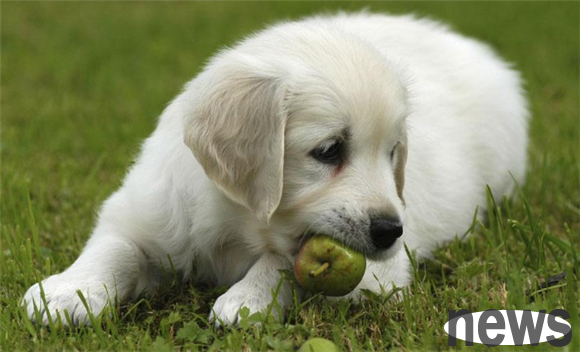How to see your dog’s health through your dog’s poop?
Dogs sometimes have obvious symptoms when they are sick like we humans. Therefore, by observing the dog's poop, you can see the dog's health more effectively, which allows parents to detect dog's discomfort in a timely manner. So how do you see your dog’s health through your dog’s poop?

1. Judging from the shape of the poop, healthy poop: the shape is cylindrical, and the hardness can be pinched with a tissue.
2. Soft stool: I want to wrap it in a tissue, but it quickly penetrates the paper and leaves traces on the ground.
Cause: Cold. Eating too much or too cold can cause diarrhea
3. Slim stool: thinner than usual, this is a dangerous signal because the intestinal cavity is narrow, or intestinal blockage caused by accidental ingestion of foreign objects.
4. Inlaid poop: Inlaid stuff such as corn and other incompletely digested are embedded in the poop. What dogs eat cannot digest because some foods are not suitable for the dog's stomach and intestines.
5. Small spherical poop: small spherical poop, few defecations, hard poop, only once every 2-3 days.
Cause: Insufficient drinking water or improper diet can cause dry stools and even difficulty in defecation.
6. Mud-like poop: Mud-like liquid poop, which excretes chocolate or brown mud-like poop, with a strong rotten smell.
Causes: Gastrointestinal mucosa damage, pathogen infection or gastrointestinal ulcer.
7. Water-like stool: Although there are blocks mixed in the stool, it is basically liquid.
Cause: It may be a sign of severe infections such as parvovirus infection, coronavirus hepatitis, and may deteriorate rapidly.
8. Mucus stool: There is mucus in the stool, with mucus and bubbles on it. It may be that the rectal mucosa near the dog's anus is severely inflamed. The mucus is asphalt-shaped poop and has a shape. It may be bleeding from the stomach and intestines, but it took too long, and the blood had already solidified during excretion and mixed with the stool.

2. Look at the color of the poop
1. Off-white poop: It may be biliary obstruction caused by jaundice or stones, roundworms, tumors, etc., which leads to the inability to be excreted by bile tract.
2. Green poop: Eating vegetables with a higher content, which are not completely digested and absorbed, and excessive acidity in the intestines can also cause the stool to turn green.
3. Cyan poop: healthy poop.
4. Dark yellow poop: A large number of red blood cells in the body are destroyed to produce jaundice.
5. Orange poop: Inadequate digestion, resulting in food not being fully absorbed.
6. Red poop: The owner first needs to check whether the dog has blood in the stool caused by anal fissures. If not, it is likely that it is bleeding from the dog's lower digestive tract.
7. Brown poop: the color of healthy poop, but dogs eat more fat content, so they should reduce their fat intake in moderation.
8. Black poop: caused by bleeding from digestive organs such as the stomach, small intestine, and duodenum.




